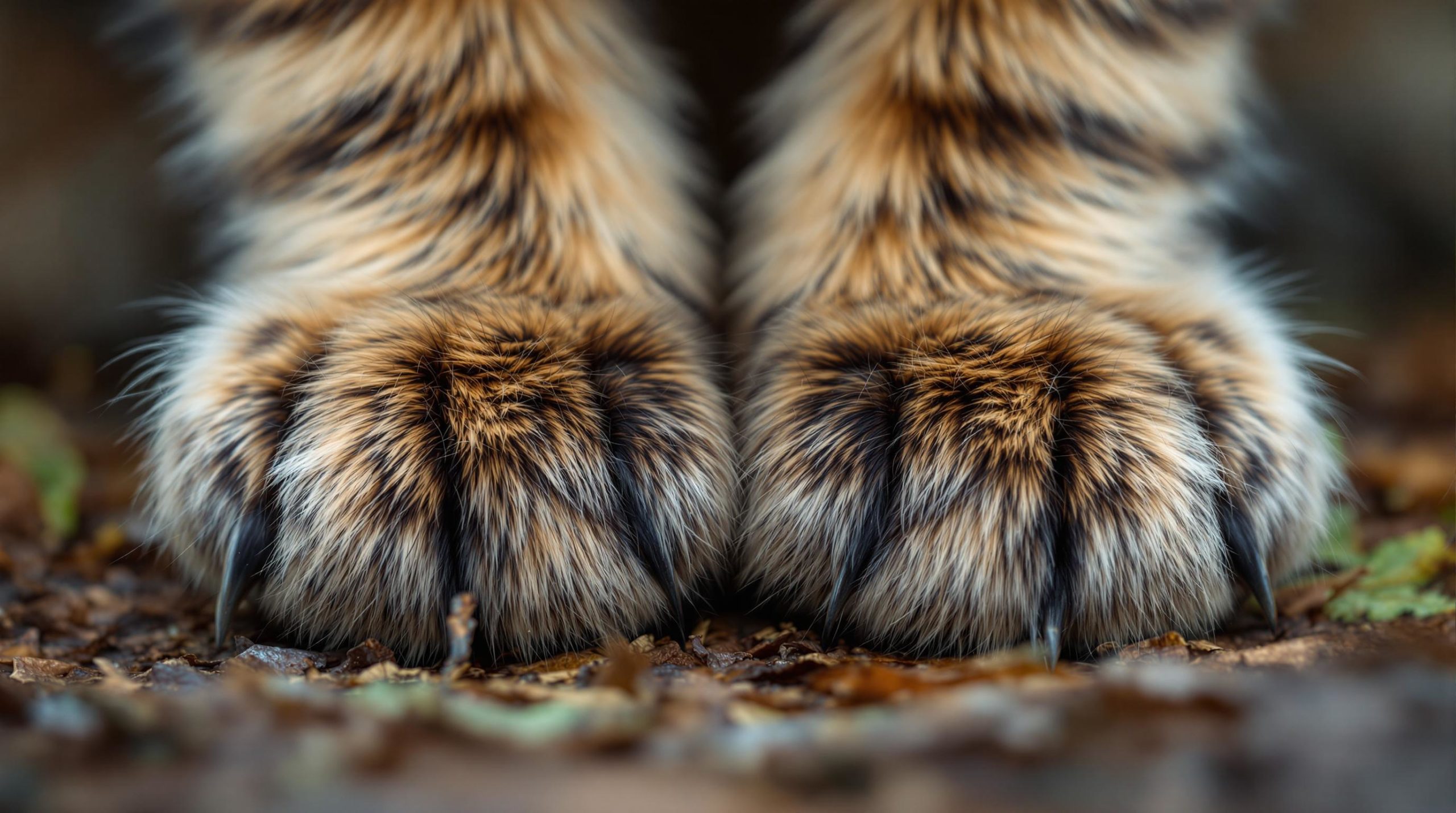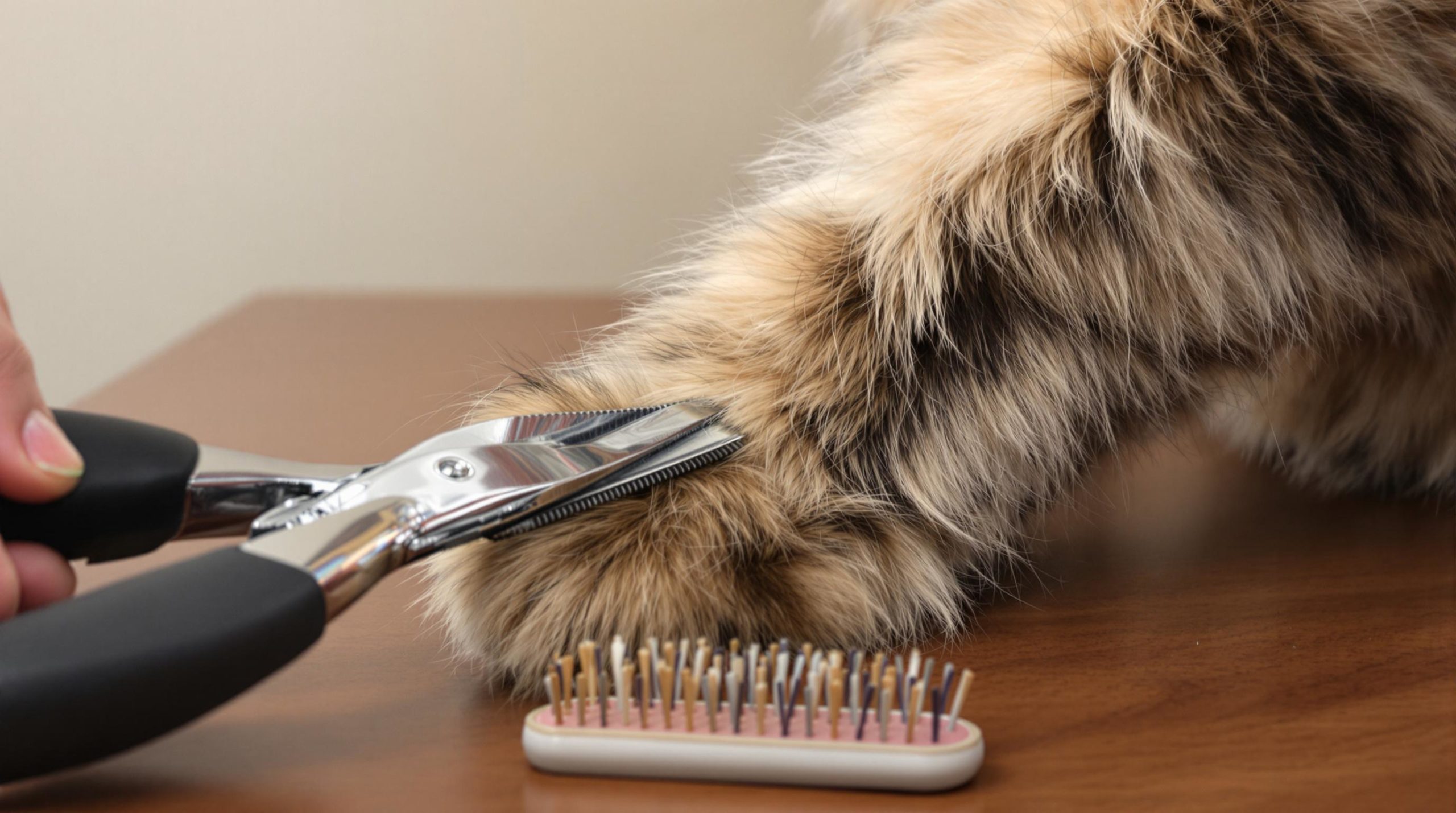Exploring the unique features of Maine Coon paws

Ever noticed how Maine Coon paws look like fluffy snowshoes? These remarkable feline feet carry tales of survival, adaptation, and charm. To cat lovers and enthusiasts alike, the paws of a Maine Coon are a blend of natural art and practical engineering, tailored for their original North American environment yet perfect for indoor and outdoor lifestyles today.
The astounding size and shape of Maine Coon paws: more than just cute ‘footprints’
Maine Coon paws stand out the moment you see one. They are dramatically larger and broader compared to those of a typical domestic cat. This isn’t just a charming trait: their size and shape are deeply functional. These paws provide essential support for the Maine Coon’s hefty body—males often weigh over 20 lbs—and equip them to conquer everything from climbing furniture to navigating slippery home surfaces or rugged outdoors.
- Size matters: Larger paws distribute body weight evenly, reducing strain on joints and enhancing balance.
- Flat, snowshoe design: The wider, flatter paw shape prevents sinking on snow or soft ground.
- Muscular and sturdy: These paws flex to absorb impact during jumps or quick maneuvers.
For Maine Coons growing indoors, the large paws still mean an advantage on slippery floors. Their natural design, perfected by generations according to their New England heritage, acts like built-in feline footwear, ensuring they can jump and land with grace. For a detailed peek into Maine Coon size, owners often compare their cat’s paws to the overall growth, as paw size can truly be an indicator of their final dimensions. To understand more about Maine Coon sizing and its relationship with paws, check out this guide on Maine Coon cats’ size.

| Characteristic | Function | Benefit |
|---|---|---|
| Huge Paw Size | Weight distribution & balance | Supports heavy body, improves agility |
| Flat & Broad Shape | Walking on snow & soft ground | Prevents sinking, offers traction |
| Muscular Padding | Shock absorption during jumps | Protects joints and bones |
The fluffy paw tufts: nature’s winter boots in feline form
Anyone who’s ever admired a Maine Coon’s paws up close will notice the remarkable tufts of fur nestled between their toes. These silken “paw fluffs” dot the toe area and surrounding pads, contributing to their unmistakably plush look. But the tufts aren’t just for looks—they play an important role in thermal protection and terrain adaptability.
- Natural insulation: Fur tufts shield paws from ice and frostbite in chilly climates.
- Comfort and protection: They cushion paws from rough or abrasive surfaces.
- Debris barrier: Help keep litter, dirt, and snow out of paw joints.
Despite their benefits, these tufts require attentive grooming. Overgrown paw fluff can trap dirt, cause mats, or even lead to slipping on smooth floors. Using specialized grooming products designed for Maine Coons, such as gentle brushes and trimming tools, can keep the paws clean and comfortable.
Regular check-ins also complement a Maine Coon’s overall care regimen including grooming, cat toys to keep them active, and natural pet foods for long-term health. To learn more about grooming and paw care specific to Maine Coons, explore resources like Maine Coon’s luxurious coat grooming techniques.
| Trait | Purpose | Care Tips |
|---|---|---|
| Long fur between toes | Wins insulation & paw protection | Trim regularly; brush to avoid mats |
| Paw pad fur | Keeps warmth & absorbs shock | Check for dirt; clean after outdoor walks |
| Fluffy toe tufts | Stops debris entering paw joints | Maintain hygiene; trim if excessive |
Polydactyly in Maine Coons: the charming bonus of extra toes
Extra toes? Several Maine Coons display a genetic quirk known as polydactyly, where they have more than the usual five toes on their front paws. This mutation was more common among early Maine Coon cats from coastal areas, believed to be advantageous for walking on unstable surfaces like snow or rocks.
- Enhanced grip: Extra toes expand the gripping surface for climbing and hunting.
- Improved balance: Additional toes help maintain stability on varied terrain.
- Unique look: Adds to the breed’s distinctive charm appreciated by cat lovers and breeders.
However, these extra digits come with a grooming challenge. Each toe grows a claw that must be regularly trimmed to prevent painful ingrown nails or snagging on carpets and pet supplies. If you’d like to know more about caring for polydactyl paws or ponder whether your Maine Coon could be one of these rare feline wonders, you might find breeder insights on Maine Coons with polydactyl paws quite fascinating.
| Benefit of Extra Toes | Impact | Care Consideration |
|---|---|---|
| Increased surface area | Superior climbing and balance | Trim claws carefully and frequently |
| Unique physical trait | Makes the breed stand out | Watch for ingrown nails and infections |
The paw pads: cushioning, protection, and incredible agility
Maine Coons are sometimes described as gentle giants, and their paws play a key role in their agility. The thick, cushioned paw pads act as natural shock absorbers that enable these large cats to leap and land gracefully. They also provide extra traction and protection from sharp or rough surfaces—essential for an active hunter or climber.
- Shock absorption: The pad padding softens landing impact, safeguarding joints.
- Traction control: Prevents slipping on slick floors or outdoors.
- Terrain protection: Shields paws from harmful objects like gravel or ice.
Understanding this helps cat lovers choose the right pet supplies, such as scratchers and soft mats, to protect their Maine Coon’s paws at home. Some cats especially benefit from lighter cat toys encouraging natural movement without overriding paw strain. To dive deeper into Maine Coon hunting instincts and agility tied to paw function, the article Maine Coons as natural hunters is a useful read.
| Paw Pad Feature | Function | Why It Matters |
|---|---|---|
| Thick cushioning | Absorbs shock during jumps | Protects joints from impact |
| Textured grip surface | Prevents slipping | Supports confident movement |
| Protective padding | Reduces damage from rough terrain | Keeps paws healthy and intact |
Caring for Maine Coon paws: grooming essentials and health tips
Maine Coons demand more attentive paw care than many other breeds due to their fur density, paw size, and sometimes extra toes. Ignoring this can lead to discomfort or infection over time. Regular grooming and health checks support their overall well-being, combining care from owners and veterinary services.
- Weekly inspection: Check for debris, mats, or signs of irritation.
- Claw trimming every 2-4 weeks: Especially important for polydactyl cats to avoid injury.
- Paw tuft maintenance: Brush and trim tufts to prevent matting and slipping.
- Clean after outdoor excursions: Remove grit, allergens, or salt deposits.
- Engage veterinary services: Consult if any signs of infection or discomfort appear.
Choosing a selection of grooming products tailored for Maine Coons will make these routines easier and more pleasant for your cat. Combining pampering with appropriate natural pet foods and enriching cat toys also promotes overall feline health and joy. For those curious about Maine Coon pregnancy and raising kittens with proper care, the resource Maine Coon pregnancy guide sheds helpful light on the subject.

| Care Step | Frequency | Purpose |
|---|---|---|
| Visual inspection | Weekly | Detect dirt, injuries, or mats early |
| Claw trimming | Every 2-4 weeks | Prevents overgrowth and injury |
| Tuft grooming | Weekly | Maintains fur cleanliness and prevents mats |
| Paw cleaning | After outdoor exposure | Removes damaging particles |
Frequently Asked Questions about Maine Coon paws
- Why are Maine Coon paws so large compared to other cats?
Their large paws are evolutionary adaptations for walking on snow and rough terrain, giving better balance and support for their substantial body size.
- Do all Maine Coons have extra toes?
No, not all Maine Coons are polydactyl, but this trait is more common in the breed than others, offering extra traction and grip.
- How often should I groom my Maine Coon’s paws?
Regular grooming every week, including brushing and trimming tufts, plus claw trimming every 2-4 weeks, keeps paws healthy and comfortable.
- Can the thick fur between toes cause any problems?
Yes, if neglected, it can trap dirt and moisture, leading to mats or infections, but proper grooming prevents these issues.
- Are Maine Coon paws different indoors versus outdoors?
While their paws remain the same, outdoor cats may require more cleaning and scrutiny due to dirt, allergens, and terrain challenges.